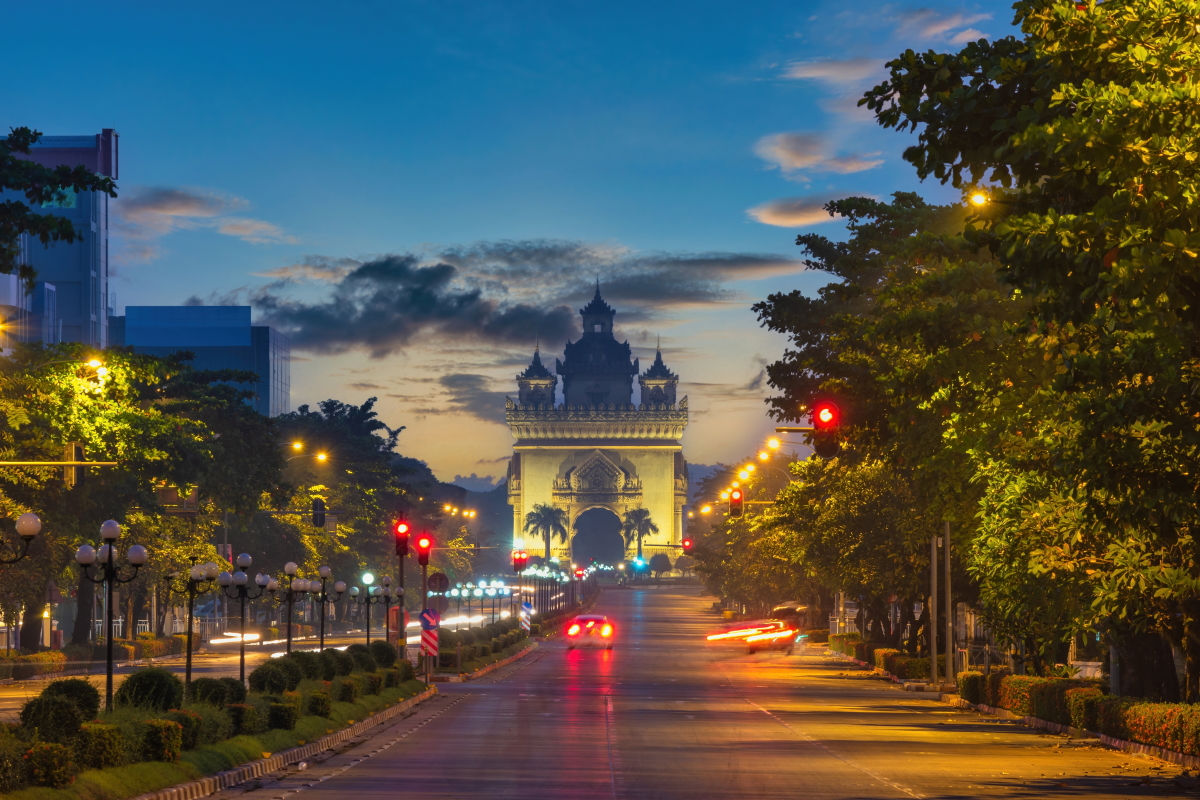The year 2022 was supposed to be the year of economic recovery, instead, inflation is pushing Asian economies over the edge. After Sri Lanka, Laos is now on the path of an economic collapse. Laos’ debt figures have caused concern among the citizens who have now launched an offensive against the communist country’s leaders.
Meanwhile, soaring food and energy costs have depleted the foreign currency reserves of Myanmar, which has now banned the imports of cars and other luxury items to shore up the dwindling reserves.
Laos debt spews trouble
Inflation in Laos was 12.8% in May, an 18-year high and among the highest in Asia. The Southeast Asian country’s currency, the kip, has declined to about 15,000 against the US dollar, falling from 9,400 to the dollar back in September 2021.
Additionally, rising oil prices have caused a fuel crisis in the country, with farmers in the country struggling to get their crops in the ground. Farmers in the country are now worried about losing their livelihood and some have even abandoned fields this year. The declining currency has exacerbated the fuel crisis even more as importers are unable to purchase adequate amounts of fuel.
The World Bank has pegged Loas’ economic growth forecast for 2022 to be around 3.8% but warned that this depends on if the government deals with the country’s debt problem. In 2021, the country’s public debt stood at $14.5 bn, half of which is owed to China alone. Additionally, the figure represents 88% of the country’s GDP, as per the World Bank.
Total Chinese investment in Laos’ power, transport, border economic zone and other projects is already over $16 bn. Back in 2020, Laos handed over majority control of its electricity grid to a Chinese company.
Moody’s Investors Service downgraded the country’s credit rating to Caa3 (very high risk) in June and said that Laos is on the ‘brink of default’. The country has been grappling with fiscal and current account deficits for years while battling a liquidity and solvency crisis.
Laos’ Prime Minister Phankham Viphavanh has drawn the ire of social media users, who are venting their frustration on Facebook, TikTok, and other platforms. The outrage is surprising as people have often been silenced in the country since the communist party came to power in the mid-1970s.
The country’s finance minister has acknowledged the mounting pressure on the $22 bn economy, and recently told the National Assembly that Laos had amassed huge debt because of “massive loans borrowed for national development from 2010 and 2016.” The World Bank estimates Laos’ foreign debt at $1.3 bn, to settle annually till 2025.
“A large current-account deficit, low level of reserves, a high level of debt, managed exchange rate, and a dollarized banking system amplifies macro-vulnerabilities,” the IMF said back in August 2019.
The economic crisis in Myanmar
Myanmar has largely been isolated after the army took over the country and jailed elected leader Aung San Suu Kyi. The Covid-19 pandemic, the Russian invasion of Ukraine and the sanctions placed on Myanmar have left the economy in tatters.
Myanmar’s currency lost a third of its value after the army coup last year, which also triggered a freeze on the nation’s foreign reserves held in the US. Another blow came after the US suspended multilateral aid to the country.
The government has now restricted imports of cars and luxury goods while prioritizing imports of essential goods such as fertilizers and agricultural products. Myanmar is also dealing with a power crisis as it struggles to import adequate fuel, and earlier this year the World Bank said the coup is still weighing on the country’s economy.
Meanwhile, Myanmar is now considering joining Russia’s Financial Message Transfer System (SPFS) and bypassing the Swift interbank system. This move is an effort to de-dollarize the economy.


 Australia
Australia China
China India
India Indonesia
Indonesia Japan
Japan Malaysia
Malaysia Philippines
Philippines Singapore
Singapore South Korea
South Korea Taiwan
Taiwan Thailand
Thailand Vietnam
Vietnam







